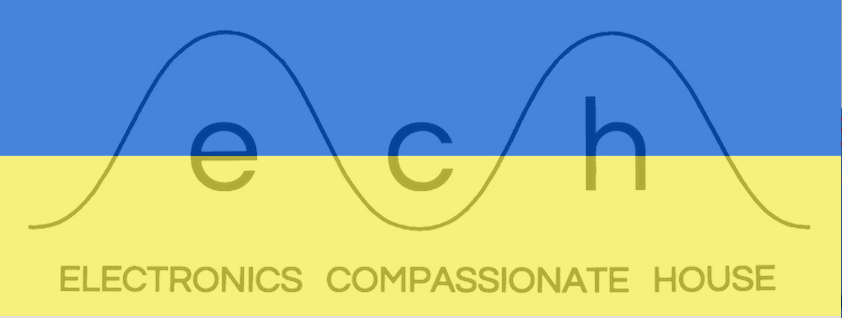 |
| The K1 has oscillators instead of the Pianet's tines. |
This poor Hohner K1 was working but sounded weak and sad. As you neared the lower octaves the tone diminished noticeably. Right where the switch-over to the bass section should occur there was a sudden drop in volume even when the bass was switched off. What output there was sounded thin and the noise ratio was terrible. Turning up the gain on the amp got enough signal to play around with it, but you could never record with it.
I opened it up and was delighted by the 61 small oscillator boards running down the back - one for each key, just like the tines on an electric piano! They all looked fine, and there were no tuning problems so I moved on. I found the HIGH-OCTAVE frequency generator chip that creates some of the overtones, and the frequency dividers that divide each oscillator to add harmonics (presumably). Many organs have 12 oscillators that they divide down to create the lower octaves. Perhaps the harpsichord sound needed more harmonic depth than an organ, leading to this 61 oscillator design. All of that stuff was dusty but fine.
When I examined the power supply I found it had been previously repaired - by a Carpentry Shop, judging by the sticker on the transformer - which is always good to know. Sure enough, when I looked closer I noticed that many of the screws had been replaced with wood screws! Robertson screws are not very common in this gear. Looks like they replaced the voltage regulators (7812, 7912) and maybe the filter capacitors. I tested the power supply board and found it to be working as it was intended, even if it looked a little odd with the DIY heatsinking going on. It was producing +12, -12, and 22ishV feeding the voltage-dividing keyboard.
At that point I had to remove the keyboard to reveal the circuit board underneath. That turned out to be the source of the problem as it contained a charred resistor sitting in a little crater. It was burnt beyond recognition and I had to determine its function and value since I could not find a schematic for this decidedly uncool piece of gear. I began the reverse-engineering process which entails sitting more or less perfectly still while staring at the circuit board for between ten minutes and several days (at which point I would normally give up and go get a bite).
I sketched out that this board was the main signal processing and mixing board. Here flowed all the oscillations to be amplified and mixed according to the position of the 4 faders and tone switches. I identified the op amps, digital attenuators and logic switches and was able to sensibly probe around the damaged area.
The burned resistor was in series with the Vcc feeding most of the board! It had burned itself into a piece of carbon with 390 ohms of resistance and was allowing about 3.9V to reach the ICs. The CMOS components needed a min 2V to operate and were performing as intended (the tone combinations were managed through quad bilateral switches) while the op amps and attenuators were at best limping into action. This caused the "half-alive" quality of the output - working oscillators but no preamps.
This burned resistor was probaly there to "protect the bilateral switches from inrush current" and had maybe fried when the power supply died the first time. Doing some quick math which I then ignored I chose a 2ohm 2watt resistor, soldered it in after cleaning the carbon from the PCB and "TA DA" - 12V. Of course, a jumper wire would have produced the 12V but I was more faithful, I hope, to the designers intentions with the 2ohm resistor there.
This simple fix brought the output levels WAY UP, leveled the volume across the keyboard and brought back the bass section all in one go. It was suddenly a whole new instrument (and probably in need of some calibration but we can just call that 'personality').
The ICs relating to frequency generation and division are worth close to the resale value of the keyboard which is interesting and another reason to save these instruments from the trash compactor whose maws are always waiting.


